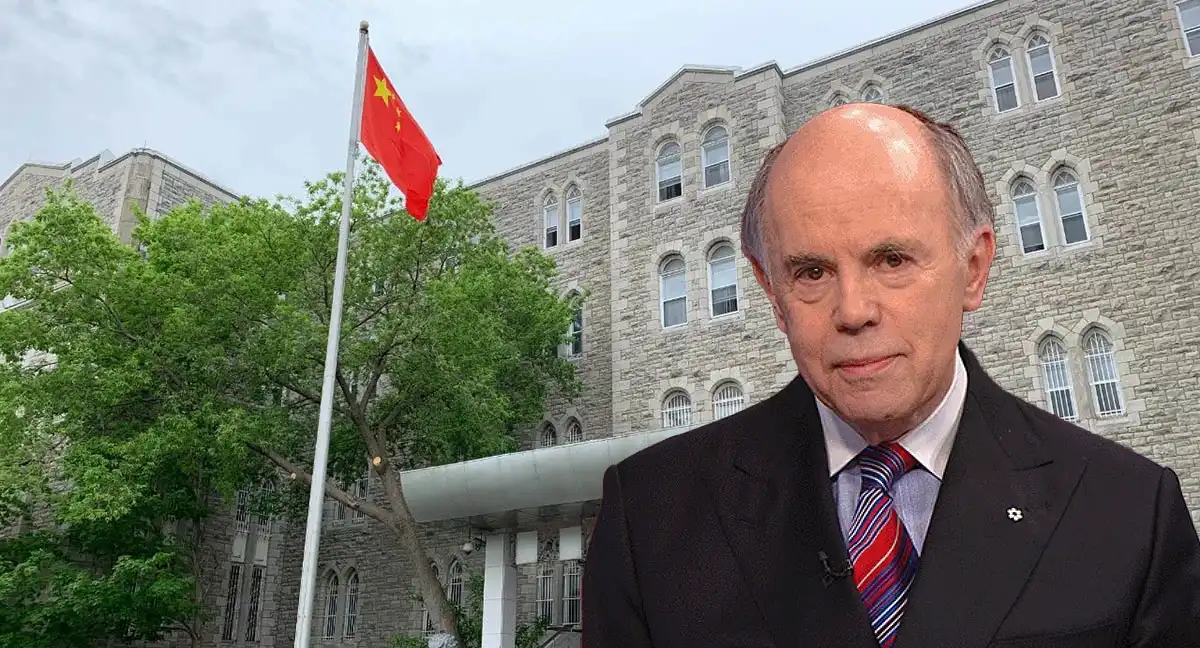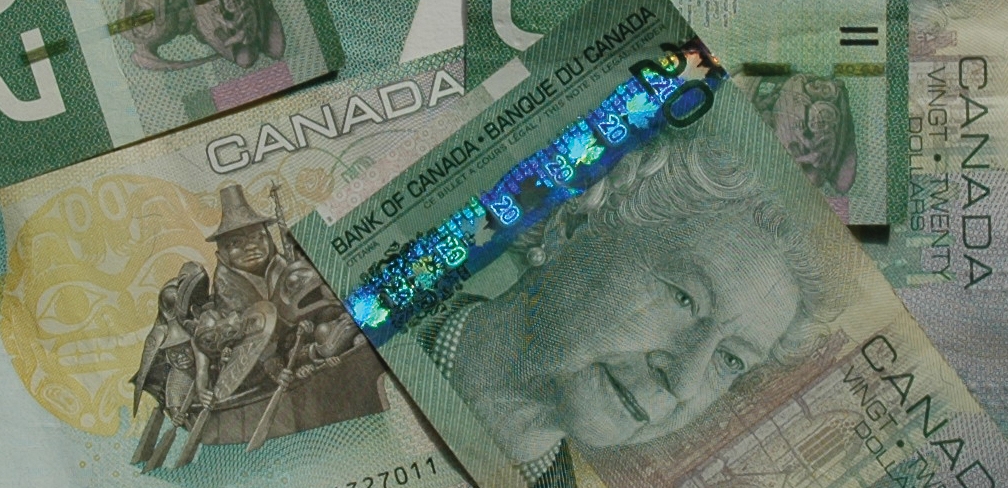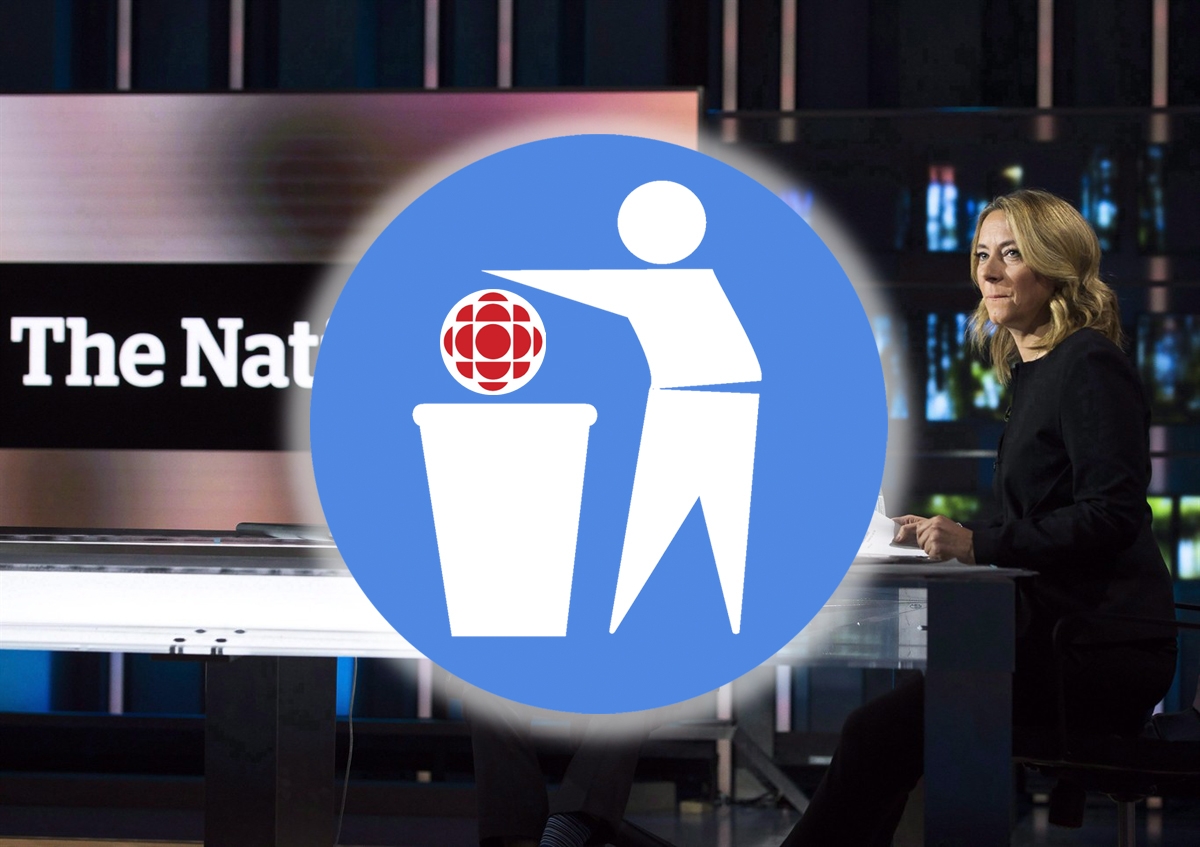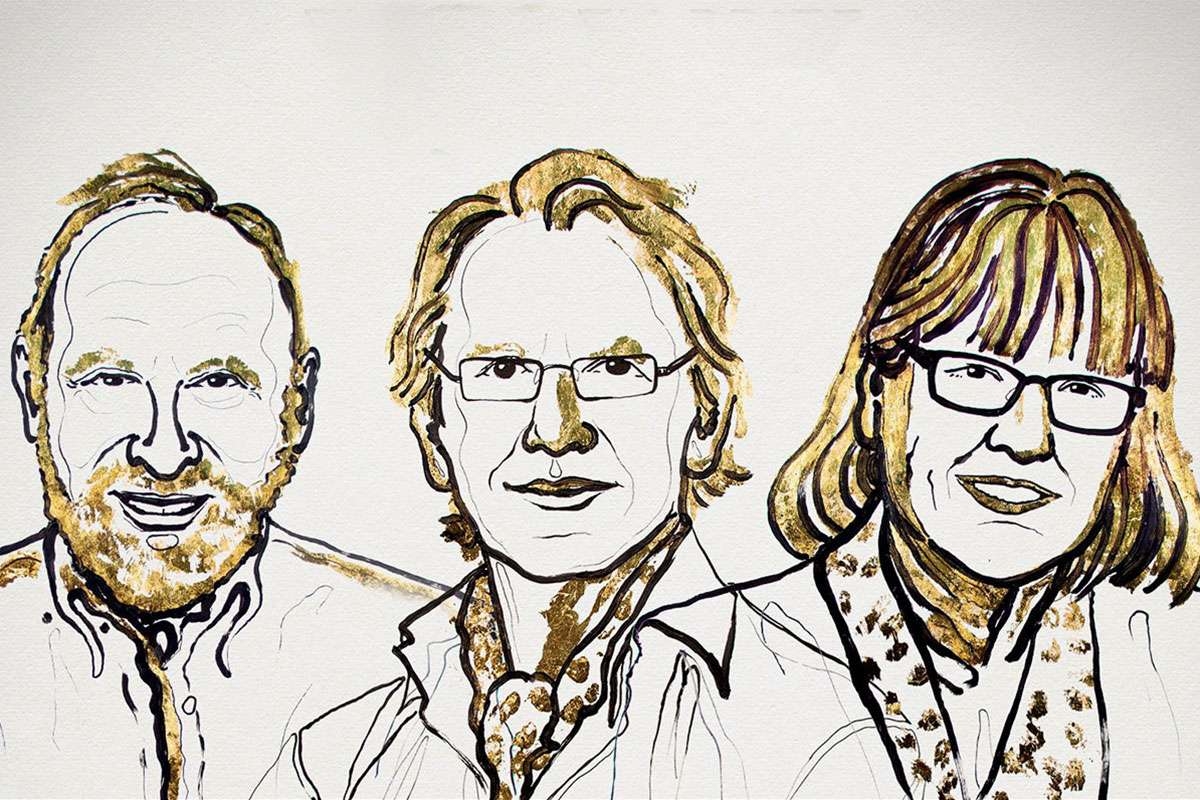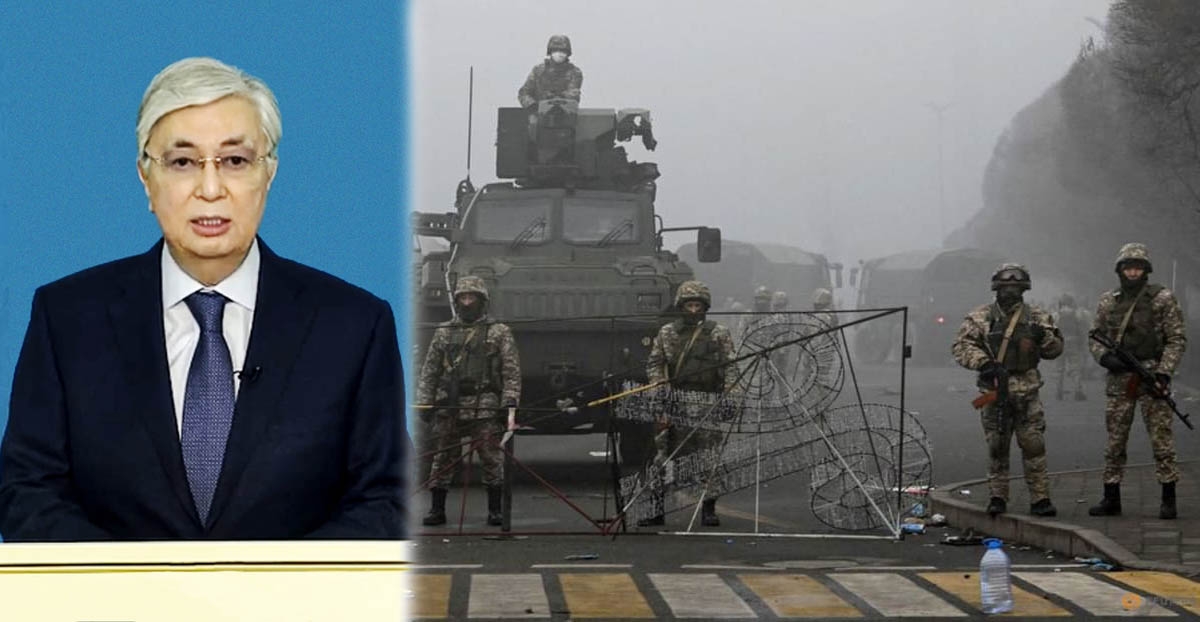
The status quo is over: Kazakhs want real change
ABOVE: With the ongoing violence and the loyalty of some security forces being questioned, President Tokayev called in the Russian-led CTSO to restore order.
As people worldwide rang in the New Year, Kazakhstan experienced an outbreak of political violence unparalleled in the country’s post-independence history.
Kazakhstan is a peaceful, developed country. Aside from the 2011 Zhanaozen Protests, which saw at least 14 people killed by security forces, modern Kazakhstan has never been a state that has struggled with political violence and instability.
In 1986, the Kazakh first secretary of the Communist Party of the Kazakh Soviet Socialist Republic was replaced by an ethnic Russian. Kazakhs in the then capital of Alma Aty (now Almaty) took to the streets to protest and were met by Soviet security forces. In Lenin's Tomb: The Last Days of the Soviet Empire, David Remnick estimates that Soviet troops killed about 200 Kazakhs. Kazakhstan declared its independence from the Soviet Union five years later, on December 16, 1991, the anniversary of the massacre.
The only president Kazakh people had ever known, Nursultan Nazarbayev, ruled Kazakhstan from 1991 to 2019 with an iron fist in a velvet glove. While the country was not free under his tenure, to a western standard, it was freer than under the previous Soviet Union.
Kazakhs have had the opportunity to leave the country to travel, the economy has grown dramatically, and quality social services are available. Nur-Sultan (formerly Astana) is a world-class city. Kazakhs wanted more, though. The country was still authoritarian, and protest was still met with riot police and troops. Independent media was still hard to maintain, as regional expert Joanna Lillis wrote about extensively in her book Dark Shadows: inside the secret world of Kazakhstan.
In 2019, Nursultan Nazarbayev resigned from the office of the president. The move was unexpected. Other former Central-Asian Soviet leaders like Islam Karimov of Uzbekistan and Saparmurat Niyazov of Turkmenistan died in office, using overt terror to hold onto power.
Nazarbayev chose a different path, likely for several reasons. The first was that his government, although authoritarian, didn’t have a memetic level of despotism and depravity like Turkmenistan. The second is that other leaders in the former Soviet bloc have, on occasion, been violently overthrown, as happened to Viktor Yanukovych of Ukraine. When Nazarbayev resigned in 2019, Kassym-Jomart Tokayev, the chair of the Senate and secretary of state, succeeded him.
The capital city Astana was renamed Nur-Sultan, and Nazarbayev remained on the state’s security council and became the chair of the Organization of Turkic States. He also stayed at the head of the Nur-Otan political party, the country’s governing party and its most significant.
Nazarbayev’s daughter, Dariga Navarbayeva, also held on to her high-ranking positions in the government. She headed the Senate from 2019 to 2020, previously held a seat in the national lower assembly, the Mazhilis, and founded a major Kazakh television network.
In 2020, Tokayev gave Navarbayeva the boot from her senate chair. The move was a significant signal that a power feud was likely unravelling. Tokayev had expedited the pace of specific reforms in the country and appeared to be building his power base despite Nazarbayev still holding substantial control behind closed doors.
On January 2, 2022, the Tokayev government announced an increase in prices of liquified petroleum, a source of heating and automotive fuel for many Kazakhs. Protest began in the city of Zhanaozen; the next day, they had spread countrywide. On January 4, the protests picked up steam in the former capital of Almaty. By January 5, they had become violent with gunfire exchanged, armouries looted by protesters, and the burning down of government buildings, including the city’s presidential palace and the Nur Otan headquarters.
According to the British conflict reporting podcast, Popular Front, on the night of January 4 and January 5, provocateurs appeared and began looting and fighting with the police, dragging other protestors into the fray. On January 5, the government resigned, meaning that Tokayev, who remained in office, was essentially ruling by decree.
With the ongoing violence and the loyalty of some security forces being questioned, Tokayev called in the Collective Security Treaty Organization (CTSO), a Russian-led military alliance, to restore order. He also kicked Nursultan Nazarbayev off the national security council. January 7, Tokayev gave a shoot-to-kill order.
The protests subsided quickly after the arrival of the CTSO troops. However, the government under Tokayev took swift actions to arrest Nazarbayev loyalists, including the chief of the KNB (the Kazakh successor to the Soviet-era KGB) and former Prime Minister Karim Massimov and charged him with treason. It has been speculated that the agent provocateurs that increased the violence of the protests came from agents within the state security services loyal to the old president.
@tik_tokayev #тоқаев #президентрк #tokayev #tiktokayev #kazakhstan #Қазақстан #всемвстатьсудидет ♬ оригинальный звук – НАШ ПРЕЗИДЕНТ
The response to the events from Kazakh sources has been interesting. A video posted to Instagram and TikTok shows President Tokayev walking into an auditorium with everybody standing at attention for him, including former President Nursultan Nazarbayev. The video is captioned in the vein of “stand up for the judge.” It appears to be a move to demonstrate who is really in charge now in the country.
After 30 years of Nur-Sultan Nazarbayev, the new president used the events of January 2-7 to thwart the old ways, clear out the Nazarbayev personality cult, and implement more reform. He has no intention of taking his hands off the rings of power.
Tokayev has also said that the Nazarbayev-era elites have to pay their fair share now, accusing them of sucking the wealth away from everyday people.
Tokayev likely called in the Russians because he couldn’t trust the Kazakh security services, still stacked with Nazarbayev loyalists who would have been angry that the president was making moves against the country’s former leader. In addition, as videos of national guard troops being detained by protestors clearly show, Kazakh troops were not entirely committed to fighting against their own people.
The protests in Kazakhstan were about economic inequality and the desire for more democratization. Underneath the surface, it appears that Kazakhstan was in a political crisis between the former presidents’ inner circle and the current ruling president.
While most Kazakhs seem frustrated with the political situation in the country, a source inside Kazakhstan told Ottawa life Magazine: “We want Nazarbayev gone. He’s been running our lives for too long.” While the anger may have been directed against the current government, the lingering rage of the uprising was against the Nazarbayev clique, who used the will of the protestors to try to subvert the sitting government.
Kazakhstan is a peaceful, developed country. The protests were a shocking escalation brought on by years of a widening wealth gap and a power struggle between the old and the new. Policy clashes with the lingering autocratic regime pushed President Tokayev to remove the threats to his power.
By getting rid of Nazarbayev-era officials, including the former president's daughter, President Tokayev will have to bring about further positive reforms to secure his position as the country’s true leader, and he will now have to figure out how to govern without calling in foreign troops or issuing shoot-to-kill orders.
Photo: People's Daily, China

